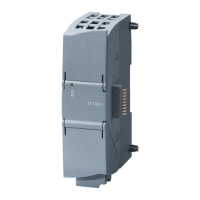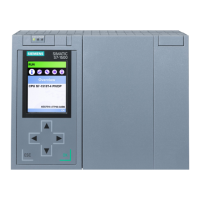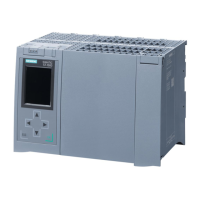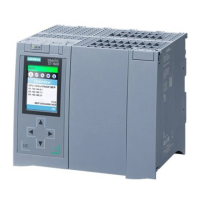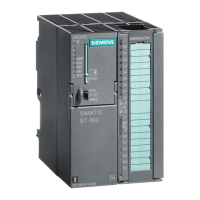Basic instructions
7.8 Program control operations
S7-1200 Programmable controller
System Manual, 03/2014, A5E02486680-AG
267
SCL program control statements
7.8.9.1
Overview of SCL program control statements
Structured Control Language (SCL) provides three types of program control statements for
structuring your user program:
● Selective statements: A selective statement enables you to direct program execution into
alternative sequences of statements.
● Loops: You can control loop execution using iteration statements. An iteration statement
specifies which parts of a program should be iterated depending on certain conditions.
● Program jumps: A program jump means an immediate jump to a specified jump
destination and therefore to a different statement within the same block.
These program control statements use the syntax of the PASCAL programming language.
Table 7- 113 Types of SCL program control statements
Program control statement
Selective IF-THEN statement
Enables you to direct program execution into one of two alternative
branches, depending on a condition being TRUE or FALSE
CASE statement
Enables the selective execution into 1 of
n
alternative branches, based
on the value of a variable
Loop FOR statement
Repeats a sequence of statements for as long as the control variable
remains within the specified value range
WHILE-DO statement
Repeats a sequence of statements while an execution condition
continues to be satisfied
REPEAT-UNTIL
Repeats a sequence of statements until a terminate condition is met
Program jump CONTINUE statement
Stops the execution of the current loop iteration
EXIT statement
Exits a loop at any point regardless of whether the terminate condition
GOTO statement
Causes the program to jump immediately to a specified label
RETURN statement
Causes the program to exit the block currently being executed and to
return to the calling block

